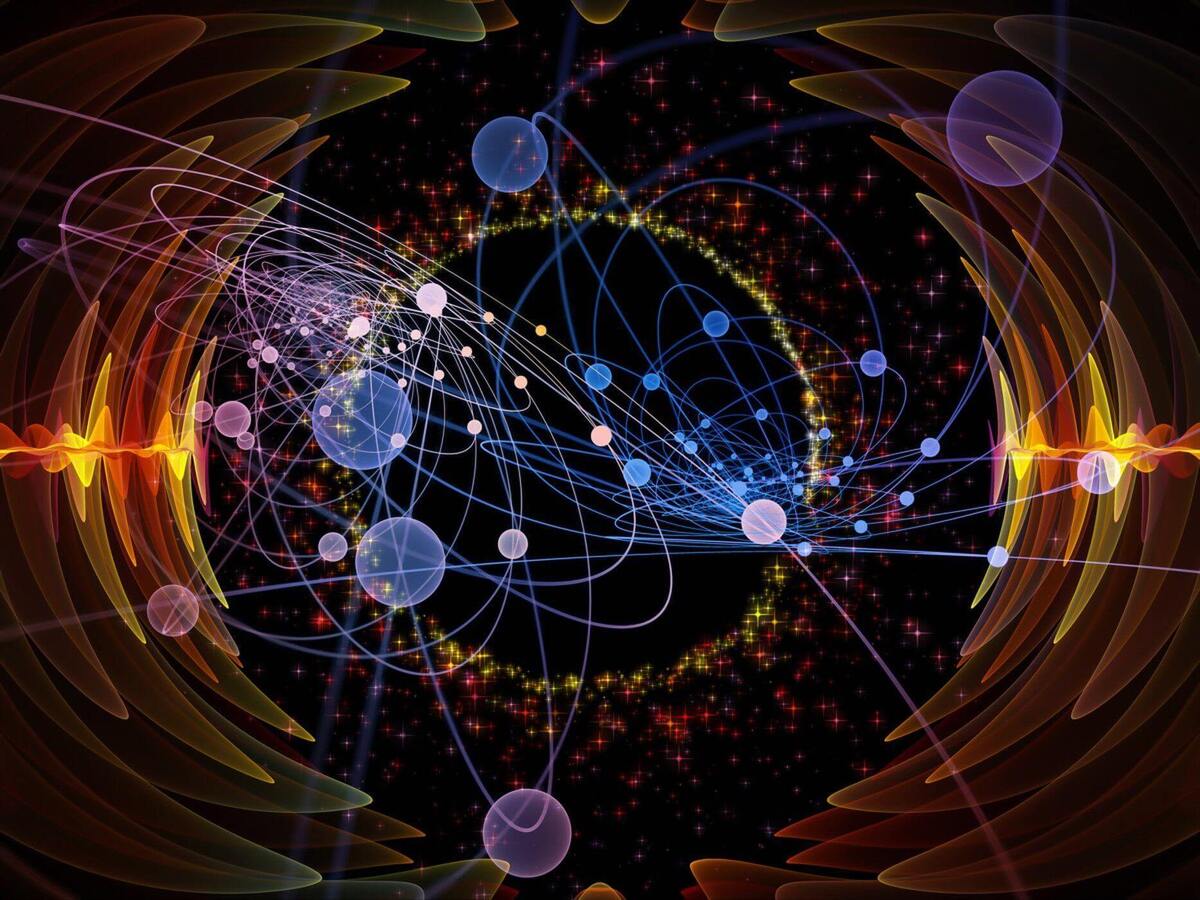Breaking Binary: Physicists Fully Entangle 2 Quantum Digits

In the realm of computing, information is usually perceived as being represented by a binary system of ones and zeros. However, in our everyday lives, we use a decimal system consisting of ten digits to represent numbers. For instance, the number 9 in binary is represented as 1001, requiring four digits instead of just one in the decimal system, the journal Nature Communications reported.
Today’s quantum computers have emerged from the binary system, but the physical systems that encode their quantum bits (qubits) have the capability to encode quantum digits (qudits) as well. This was recently demonstrated by a team headed by Martin Ringbauer at the University of Innsbruck’s Department of Experimental Physics. According to experimental physicist Pavel Hrmo at ETH Zurich: “The challenge for qudit-based quantum computers has been to efficiently create entanglement between the high-dimensional information carriers.”
In the study, the team at the University of Innsbruck now reports, how two qudits can be fully entangled with each other with unprecedented performance, paving the way for more efficient and powerful quantum computers.
The example of the number 9 shows that, while humans are able to calculate 9 x 9 = 81 in one single step, a classical computer (or calculator) has to take 1001 x 1001 and perform many steps of binary multiplication behind the scenes before it is able to display 81 on the screen. Classically, we can afford to do this, but in the quantum world where computations are inherently sensitive to noise and external disturbances, we need to reduce the number of operations required to make the most of available quantum computers.
Crucial to any calculation on a quantum computer is quantum entanglement. Entanglement is one of the unique quantum features that underpin the potential for quantum to greatly outperform classical computers in certain tasks. Yet, exploiting this potential requires the generation of robust and accurate higher-dimensional entanglement.
The researchers at the University of Innsbruck were now able to fully entangle two qudits, each encoded in up to 5 states of individual Calcium ions. This gives both theoretical and experimental physicists a new tool to move beyond binary information processing, which could lead to faster and more robust quantum computers.
Martin Ringbauer explains: “Quantum systems have many available states waiting to be used for quantum computing, rather than limiting them to work with qubits.” Many of today’s most challenging problems, in fields as diverse as chemistry, physics, or optimization, can benefit from this more natural language of quantum computing.
4155/v





















